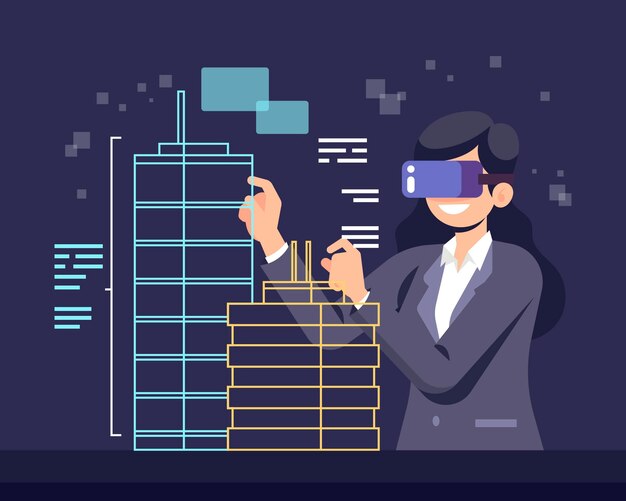As technology continues to reshape industries, hiring an AI developer in Kuwait has become one of the smartest moves for businesses that want to grow, innovate, and stay competitive. Whether it’s automation, predictive analytics, or personalized customer experiences, AI is transforming how companies operate in Kuwait and across the Middle East.
Let’s talk through what really happens when you partner with an AI development company in Kuwait—and why that move sets you up for serious long-term success.
Businesses in Kuwait are now adopting AI just as rapidly as companies in Melbourne, where emerging AI development trends are reshaping operations.
- Smarter Automation, Faster Results
When you work with a local AI developer, you can hand off those repetitive, time-consuming tasks to smart systems. Think chatbots in customer support or automated reporting that just gets done without you even thinking about it. Suddenly, your team’s freed up to focus on bigger-picture strategy.
Why that matters:
✔ Fewer mistakes from manual work
✔ Quicker workflows
✔ Lower costs all around
Most companies see a real jump in efficiency—sometimes in just a few months.
- Better Decisions, Right When You Need Them
AI-powered analytics put real-time data right at your fingertips. A good
can set up tools that spot patterns, predict demand, and break down how your customers actually behave.
Here’s what you get:
✔ Tighter forecasting
✔ Smarter, data-driven planning
✔ Sharper business intelligence
This kind of insight is a game-changer, especially if you’re in retail, logistics, finance, or healthcare.
- Personalization That Actually Works
One of the biggest wins? True personalization, on a big scale. Hiring an AI development company lets you recommend the right products, segment your customers, and tweak marketing campaigns so they actually land.
With AI, you can:
✔ Make better product recommendations
✔ Group customers more effectively
✔ Personalize marketing
✔ Boost user engagement
As customers expect more personal experiences, AI helps you keep up—and stand out.
- Stronger Security, Less Worry
Cybersecurity’s a growing concern everywhere, and Kuwait’s right in the thick of it. AI can spot weird activity, flag potential threats, and protect your data way faster than old-school tools.
Partnering with a Kuwait-based AI team lets you:
✔ Catch fraud before it happens
✔ Monitor transactions in real time
✔ Stop cyberattacks
✔ Stay compliant
This stuff’s essential for banks, government, and any big company that can’t afford a data breach.
- Stay Ahead of the Competition
Early adopters of AI always move faster. By teaming up with the top AI development companies in Kuwait, you get access to smart solutions that drive productivity and help you innovate—before your competitors do.
The payoff?
✔ Lower costs
✔ Quicker product launches
✔ Happier customers
✔ Real digital transformation
AI’s not just a passing fad. It’s a long-term play for building a stronger future.
Bottom Line
Bringing an AI developer into your business isn’t just about upgrading your tech—it’s a strategic move that helps you run smoother, deliver better customer experiences, and make sharper decisions. As more companies in Kuwait jump into AI, the ones that start now will be the ones leading their industries tomorrow.
Smart city initiatives in Kuwait mirror what we discussed in our article on AI-powered smart cities in Chicago
Frequently Asked Questions
- Why hire an AI developer in Kuwait?
Because local AI developers get Kuwait’s market, regulations, and what your customers want. That means smarter, more effective AI solutions. - Which industries see the biggest benefits from AI in Kuwait?
Retail, finance, logistics, healthcare, government, and e-commerce all get a big boost from AI. - How do AI development services make businesses more efficient?
They automate your routine work, cut down on mistakes, speed everything up, and hand you real-time data to make better calls. - What does an artificial intelligence development company actually do in Kuwait?
They design, build, and roll out AI tools—think chatbots, automation, analytics, and machine learning models—tailored for your business. - Is AI development expensive?
Prices vary, but investing in AI usually means you save money over time, thanks to automation and better productivity.




